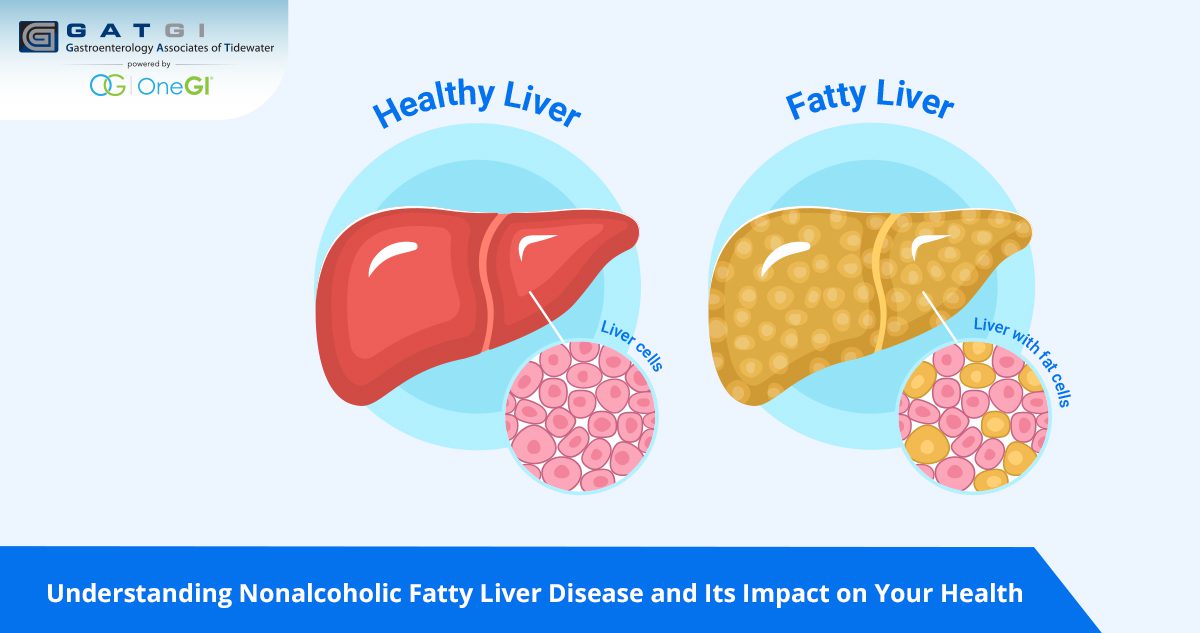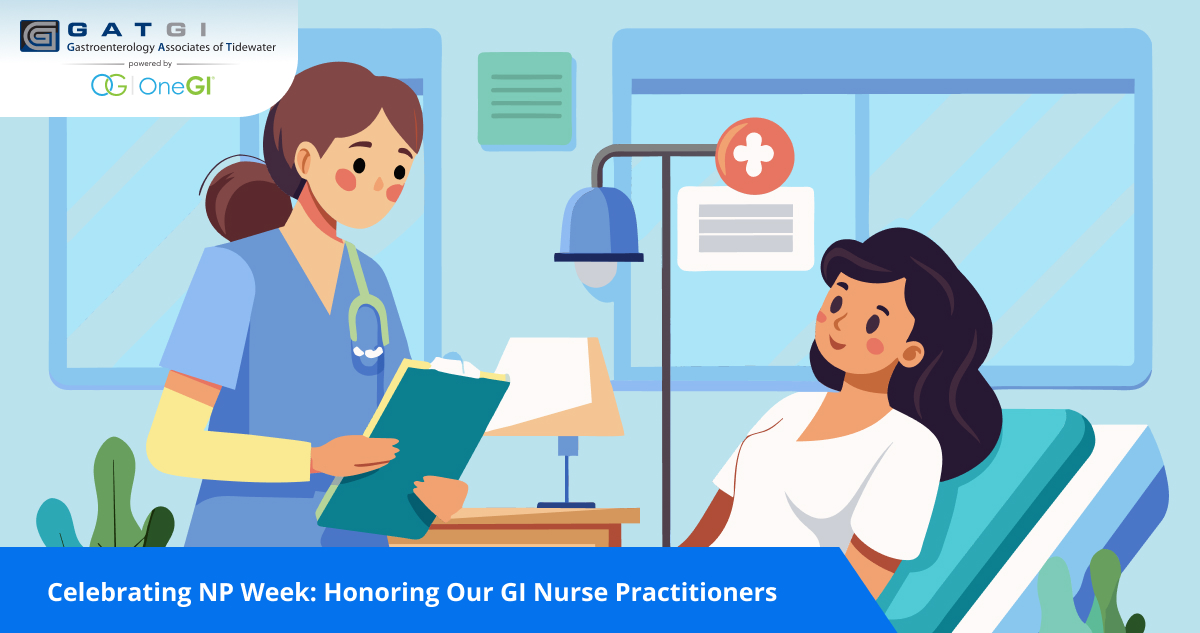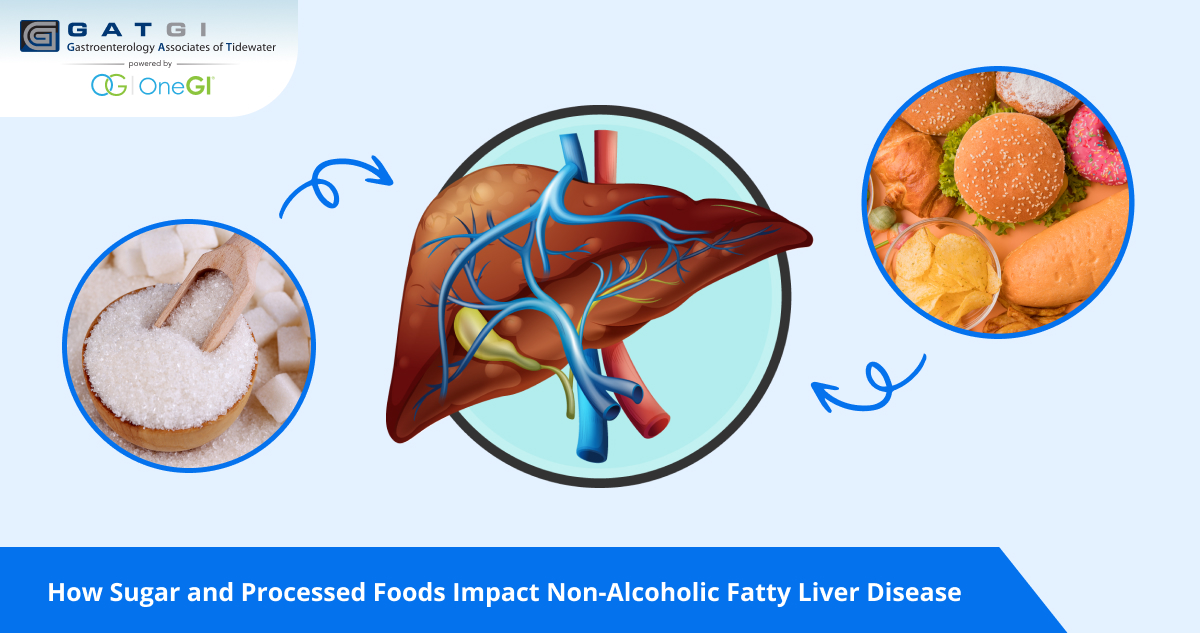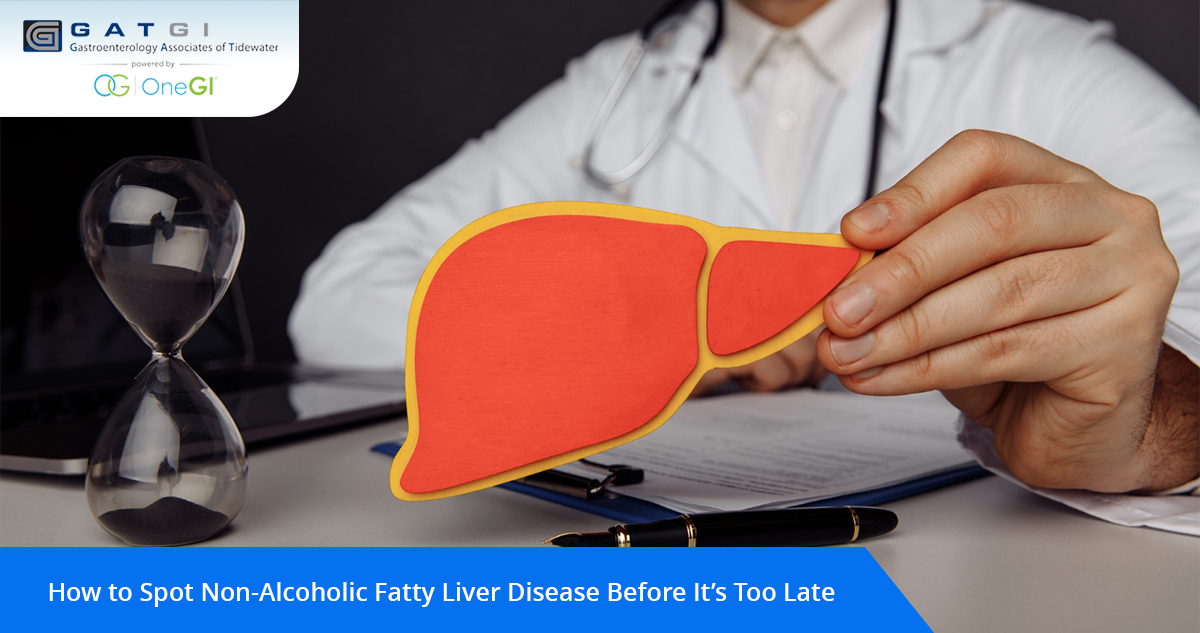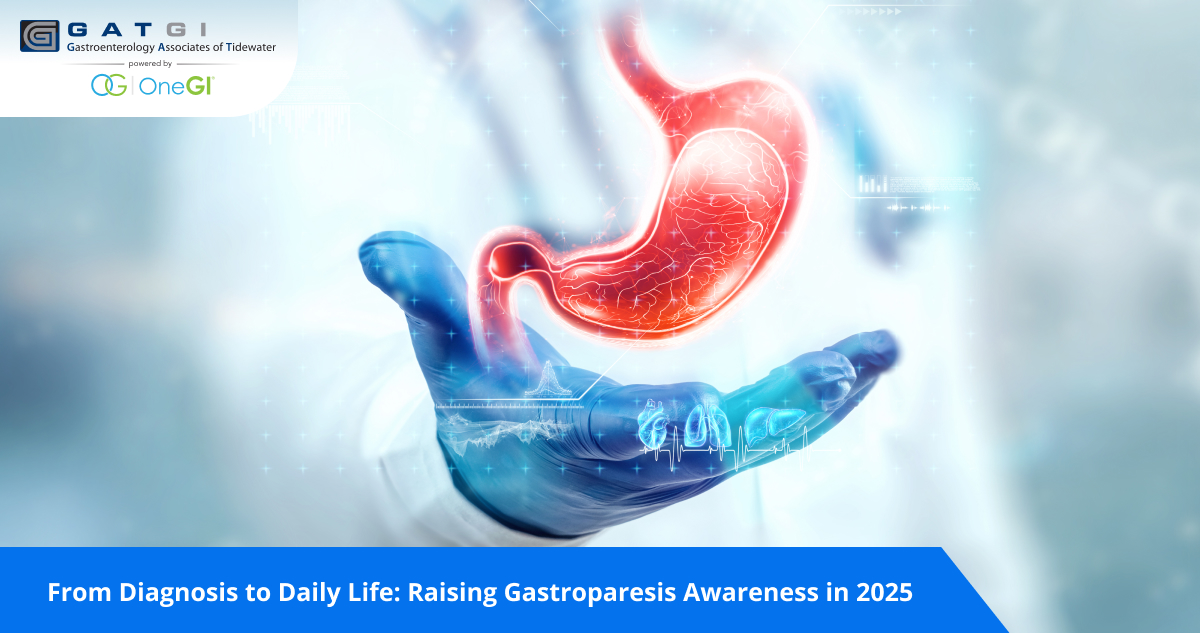Nonalcoholic fatty liver disease (NAFLD) is a growing health concern that many people may not be familiar with. Often underestimated or overlooked, NAFLD involves the accumulation of fat in the liver of individuals who drink little to no alcohol.
The liver, a crucial organ that performs over 500 vital functions, including detoxification, protein synthesis, and digestion, can be significantly affected by this condition. Despite its prevalence, many individuals remain unaware of both the liver’s essential roles and the potentially serious consequences of NAFLD on overall health. Understanding this condition is the first step toward better management and prevention.
What is Nonalcoholic Fatty Liver Disease (NAFLD)?
Nonalcoholic Fatty Liver Disease (NAFLD) occurs when excess fat accumulates in liver cells without alcohol involvement. It’s a growing health concern worldwide, affecting millions of people, including a significant number of young adults.
It is the most common chronic liver condition in the United States. It’s estimated that about 25 percent of adults in the U.S. have NAFLD. Understanding this disease is key to staying healthy, especially for those who want to prevent liver problems.
Understanding the Liver and Its Functions
The liver is one of the most vital organs in the human body, performing a range of essential functions that keep us healthy. It processes nutrients from the food we eat, filters toxins from the blood, and plays a key role in metabolism. A healthy liver is critical for maintaining energy levels, supporting the immune system, and ensuring proper digestion.
When the liver becomes overloaded with fat, it can no longer perform these functions effectively. This can lead to a cascade of health issues, making it essential to understand how to keep your liver healthy and free from disease.
What is NAFLD? Definition and Types
NAFLD is defined by the accumulation of fat in the liver cells in individuals who consume little or no alcohol. There are two main types of NAFLD:
- Simple Fatty Liver (Steatosis): This is the milder form of NAFLD where there is fat build-up in the liver but little or no inflammation or liver cell damage.
- Nonalcoholic Steatohepatitis (NASH): This more severe form involves liver inflammation and can lead to fibrosis or scarring of the liver. If left untreated, NASH can progress to more serious conditions like cirrhosis or liver cancer.
Symptoms of Nonalcoholic Fatty Liver Disease
Recognizing non-alcoholic fatty liver disease symptoms can be challenging because they occur gradually and can be subtle. Here are some common symptoms:
- Fatigue and general weakness
- Abdominal pain or discomfort, typically in the upper right side
- Unexplained weight loss or loss of appetite
- Jaundice, which causes a yellowing of the skin and eyes
- Swelling in the abdomen and legs
If you’re experiencing any of these symptoms, it’s important to consult with your primary care provider or your gastroenterologist at GATGI for a thorough evaluation.
Causes and Risk Factors
Understanding non-alcoholic fatty liver disease causes and risk factors can help you take proactive steps to prevent it. Key factors include:
- Obesity and being overweight are major risk factors, as excess body fat can lead to fat accumulation in the liver.
- Insulin resistance, often associated with type 2 diabetes, can contribute to NAFLD.
- High cholesterol and triglyceride levels can increase the risk.
- Metabolic syndrome, a cluster of conditions including high blood pressure and abnormal cholesterol levels, is a significant risk factor.
- Genetics and family history can also play a role.
Diagnosing NAFLD
Diagnosing NAFLD typically involves a combination of medical history, physical examination, and tests such as:
- Blood tests to check for liver enzymes that may indicate liver damage.
- Imaging tests such as ultrasound, CT scan, or MRI to detect fat buildup in the liver.
- Liver biopsy may be recommended in some cases to assess the extent of liver damage and inflammation.
Early diagnosis is crucial for managing NAFLD effectively and preventing its progression to more severe conditions.
Lifestyle Changes for Managing and Preventing NAFLD
Lifestyle modifications are key to managing and preventing NAFLD. Here are some actionable tips:
- Healthy diet: Focus on a balanced diet rich in fruits, vegetables, whole grains, and lean proteins. Avoid sugar, refined carbs, and saturated fats.
- Regular exercise: Aim for at least 150 minutes of moderate-intensity exercise per week. Activities like walking, cycling, and swimming are great options.
- Weight loss: Losing even a small percentage of your body weight can significantly reduce liver fat and inflammation.
- Avoiding alcohol and unnecessary medications that can strain your liver.
Complications and Long-Term Effects
If left unchecked, NAFLD can lead to serious complications, including:
- Cirrhosis: Severe scarring of the liver that can lead to liver failure.
- Liver cancer: Increased risk of developing hepatocellular carcinoma.
- Cardiovascular diseases: Due to associated risk factors like high cholesterol and diabetes.
Understanding these potential long-term effects underscores the importance of early intervention and lifestyle changes.
Seeking Medical Advice and Treatment Options
Consulting with a gastroenterologist is essential for managing NAFLD. Here are some NAFLD treatment options:
- Medications to control diabetes, cholesterol, and other related conditions.
- Regular monitoring to assess liver function and progression of the disease.
- Specialist referral to a gastroenterologist or hepatologist for advanced care and management.
If you suspect you might have NAFLD or are looking for expert advice on liver health, don’t hesitate to reach out to the Gastroenterology Associates of Tidewater. Our board-certified GI Associates doctors are equipped with state-of-the-art medical technology to provide comprehensive care and support.
To schedule an appointment, call (757) 547-0798.

